When you think about the sales process, do you imagine a rigid, systematic, logic-driven approach that, if followed, leads to the results you need? That there are pre-determined steps taken to guarantee success?
Read on, and we explore the importance of the sales process and having a system, but also how important it is to recognize that the steps are never linear. A sales process is dynamic and must be flexible enough to adapt to the variations in how customers prefer to buy. Using mapping software with advanced maps can power your approach.
When designing a sales process, you must approach it from the perspective of your buyer's journey rather than your preferred approach to finding, generating leads and converting those prospects to customers.
Too often, we design our process around the stages in a CRM:
- 5% - Lead Qualified
- 10% - Value proposition creation
You may have numerous steps with value, but you'll know they rarely happen in the sequence you have systemized. This article will demystify creating your Sales Process and remain grounded in practical ways to develop a process that fits your business model and makes pipeline management easy.
1. Know your customer
In our article on how to create a sales strategy, we outlined the importance of knowing "where you play" and where you won't play. In other words, who is your ideal client, and what is your perfect market, vertical, industry and segment?
Use your CRM data and market research to be 100% clear on your ideal customer profile, and leverage heat maps, pin maps and ZIP code maps for your analysis.
- Industry
- Business revenue size
- Numbers of (what is important to you? For some technology sellers number of PCs is an important metric)
- Employee numbers
- Personas (Who are the primary influencers and decision-makers in your sales process, what roles do they play, and when do they engage?)
- What are the business pain points you will address?
- What are the specific persona-based pains you address?
- Competitor share
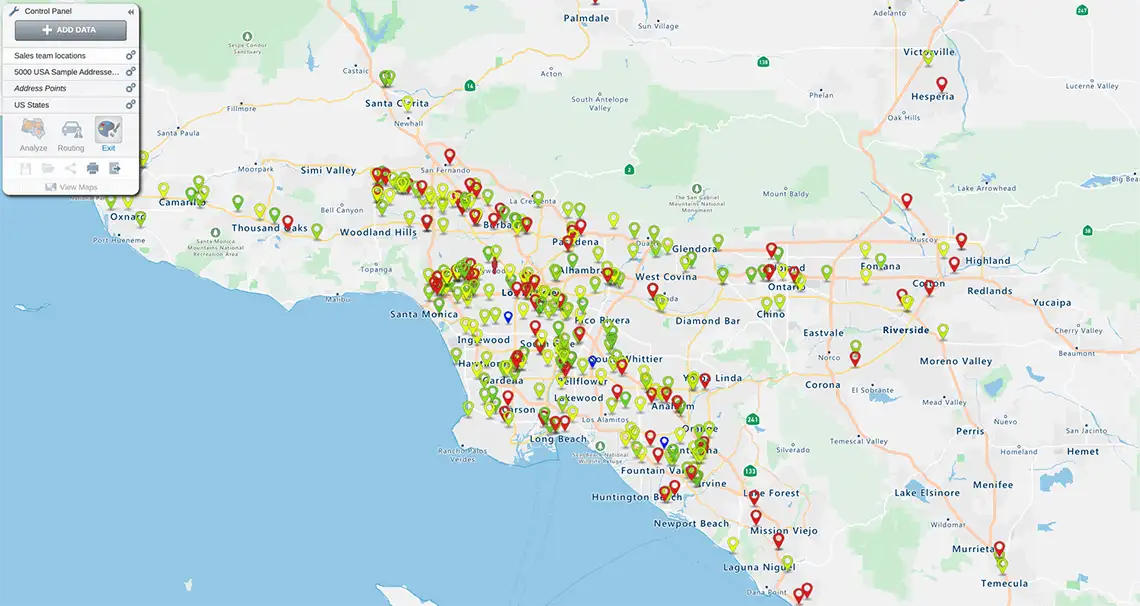
2. Set your goals
- How will you measure success or progress?
- What goals will you set?
- What key objectives?
- How will you track and communicate progress?
A great approach is to write out your vision of success for your Sales Process. So, write as if you are reflecting on the success of your sales process 12 months after implementation. What is working well? Who is doing what? What does the reporting look like? What results do you see? What level of sales pipeline is in the funnel?
3. Map your sales lead journey
Work with your marketing department and dig deep into how your customers buy. A great approach is to start with a whiteboard and draw out the steps involved. So, for example, your prospect may begin a journey with a Google search. Write down the search terms they use and pay attention to the types of queries they ask and the content they read.
- What next?
- Do they reach out to you at this stage?
- Do they take a trial of your product?
- Do they chat with you online?
- What questions do they ask?
- How do you address each?
- It may begin to feel too hard, but believe me, it is worth your efforts.
Focus on the end result; you will have a map outlining your buyer's preference. It will be the blueprint for how you will design your Sales Process.
Here is the critical point
Focus on the triggers in your buyer's journey that signal an intent to move forward to the next stage. So, for example, you get two prospects who take a trial of your product. But only one uses the product and actively engages with your software. One demonstrates intent, the other? Well, you can guess.
That trigger is your signal to build a repeatable step in your process to follow up (you can set a task for a salesperson to call your prospect or create an automated email to request a call). So, as you progress through the prospect's journey, please pay particular attention to the actions they take (the triggers) that signal you need to take action.
Another example is when your sales representative sends a proposal or quote to a prospect, ensuring you are tracking the level of interaction with that proposal. Did they read it? How much time did they spend? Did they share (another strong trigger)?
You know the triggers, so now build the steps and actions your team need to take to create momentum in the deal.
4. Define your Sales Process stages clearly
A necessary action to note is that marketing and sales define:
- A prospect
- A lead
- A qualified lead (MQL)
- A sales-qualified lead (SQL)
- An opportunity
- The stages of a sales opportunity and probabilities associated with each stage
- The rules of engagement at each stage (create a sales playbook outlining the steps to take to build momentum)
Remember to define in writing how each progresses from stage to stage. For example, a lead becomes an MQL when they join a webinar or reads more than 10 pages of content.
How will you generate leads?
What channels are most effective at attracting prospects, and how will you execute each? You'll know most of the tactics available, but your business is unique and deciding on the right mix for you is critical:
- SEO
- Content marketing
- Google ads
- Social media
- Events
- Webinars
- Conferences
- Networks
- Referrals
- Upsales
- Cross-selling
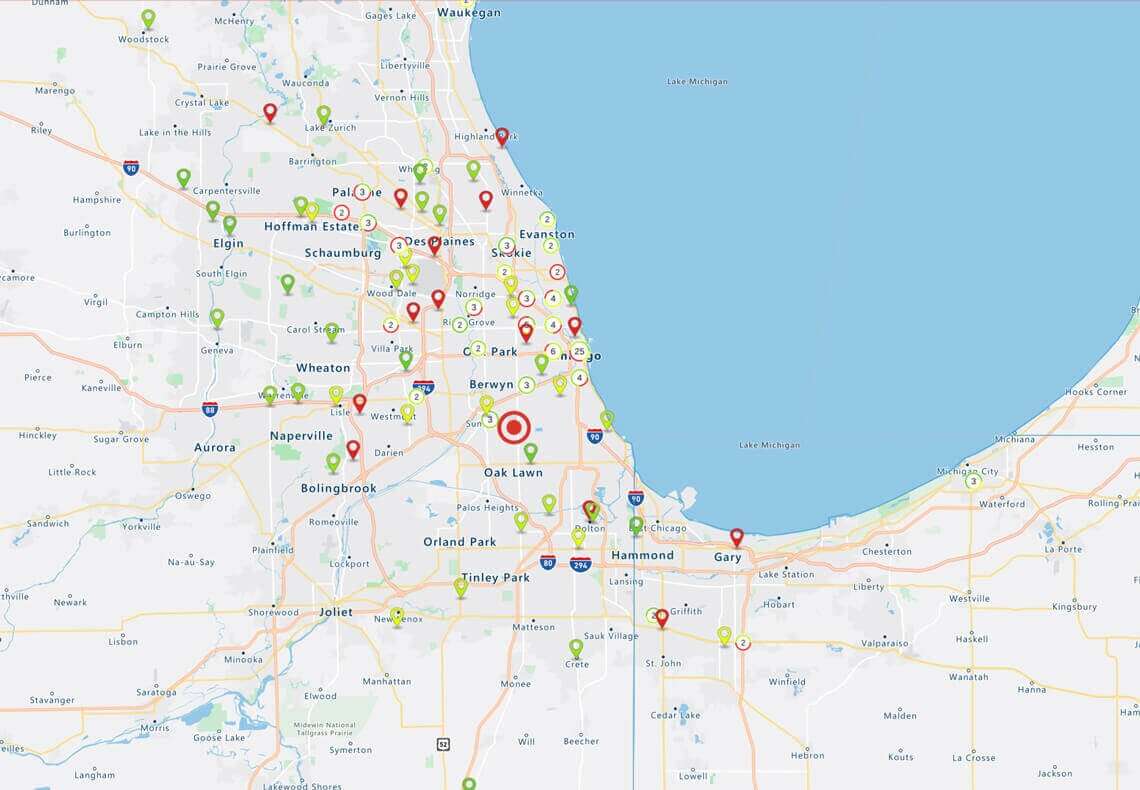
Above is an ideal location for a marketing event. Maps are a great solution when researching event locations.
5. Master your value propositions
Our article on how to research your competitors outlines the importance of defining how you differentiate yourself and your value proposition. You'll notice we used the term propositions (the plural) as you must ensure that you customize your sales pitch to the persona's needs. Generic sales pitches will not work.
Always craft a message from the perspective of your decision-maker. What pains do they own? What do they value? How can you deliver that value? How can you prove your ROI?
6. The objection playbook
Here is a powerful exercise to conduct with your sales team. Using a whiteboard, write the words "why I won't buy from you" in the center of a blank board. Those represent your customer's reasons to say no (their objections).
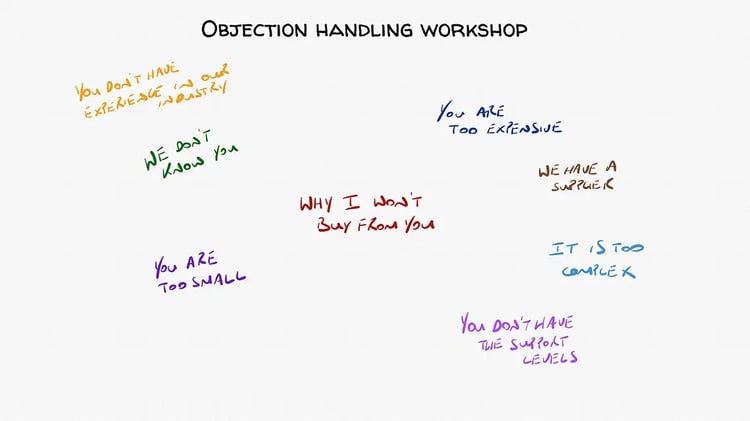
Get your team to be a potential customer and capture why your prospect won't buy from you. Ensure you capture the logical and emotional drivers for saying no to you. For example, fear of changing a supplier is a powerful driver for saying no. A psychological risk is involved, and the fear of it backfiring could prevent a potential customer from moving forward.
In my experience, if you spend enough time on this exercise, you will generate more than 30 reasons to say no. Importantly you should learn more about your customer and how you can adjust your Sales Process to remove these objections, your next step.
Next, take each objection and spend time figuring out:
- At what stage of our sales process does this objection surface?
- What steps can we take to address that objection?
As you create your objection-handling playbook, think about:
- Emails you can craft
- The content you can share (like videos, help articles, webinars, and eBooks)
- Customer success stories you can share
- ROI analysis you can share
Sales deal coaching
A critical component of embedding your sales process is ongoing sales deal coaching. Inspect what you expect.
What do we mean?
A great approach is to take a sales deal each week, analyze the steps taken to date, and compare it to your agreed sales process.
In the real world, you'll know that your process is flexible and that not all steps will be necessary, but seeing is believing. If you review the emails sent in the deal and see that they are generic, not tailored, you can use it as an opportunity to learn, coach and embed your best practices.
Avoid developing a beautifully crafted document outlining your stunning new sales process only to let it gather dust as your team continues with old habits.
Hold everyone accountable for the process to ensure success.
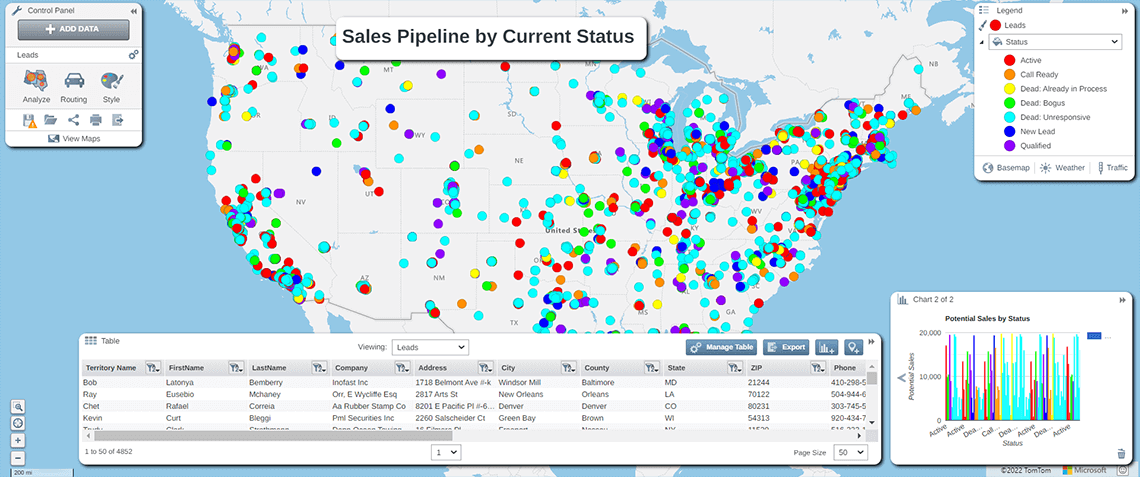
A map is a great way to analyze your sales pipeline with your team and look for coaching opportunities.
Selling is a team process.
Consider all stakeholders involved in a buying decision (you should be talking to at least 5 contacts in a target organization).
How do you ensure you engage everyone involved in a buying decision?
When do you get other team members involved, and who do they engage with? For example, in a technology or complex sale, you may need to involve technical team members or finance.
Build the team-based approach into your process.
7. Closing deals
Your negotiation phase of the process is the most nerve-racking. Despite following your sales process, you cannot guarantee success, but through consistency over time, you will see an improvement in win rates.
So, what is your structured approach to negotiating and finalizing sales deals? Who does what and when? What are the essential habits to embed?
How will you hand over the customer to your post-sales support team to ensure a smooth onboarding process?
8. Be an admin zealot
OK, I'm being dramatic, but the evidence is clear that high-performing salespeople excel at their administration and CRM upkeep. And you must ensure that is true for your team by inspecting what you expect. Use your CRM to track deal activity levels and monitor the gaps in how your team execute against their plan.
For example, you must engage with multiple stakeholders (up to 22 people) in an Enterprise sale. If the number one reason salespeople lose sales deals is they engage with the wrong contacts on a deal, then analyzing who you are talking to is a robust gauge of progress.
It could be a red flag if you check a deal and see that we are engaging with just one person or the wrong contact. And you can take action to fix it. Your CRM is your best friend when you have quality data to work with, but the onus is on sales managers to regularly check the accuracy of the data.
9. Upsales and cross-sales
Agree on a process for continuous follow-up and engagement to boost up-sales and cross-sales.
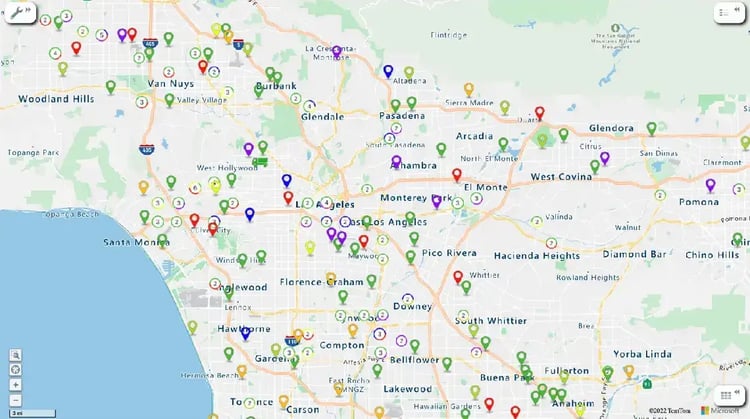
Above is a map showing opportunities by customer segment with upsales potential.
10. Diagnose and improve continuously
Sales process design is challenging, and you must strive for relentless improvement in pursuing the ideal. Implement quarterly reviews and assess how your process delivers against your goals and objectives.
Every year, marketing and sales should review the buyer's journey and ensure that your process fits the purpose. Well done if you have reached this point. And you thought it was going to be easy? Achieving above-average success requires above-average effort. The rewards will be higher win rates, consistency in performance amongst your sales team, more revenue and more deals.
Let us know how you designed your Sales Process or if you have additional ideas to share.
 by
by 